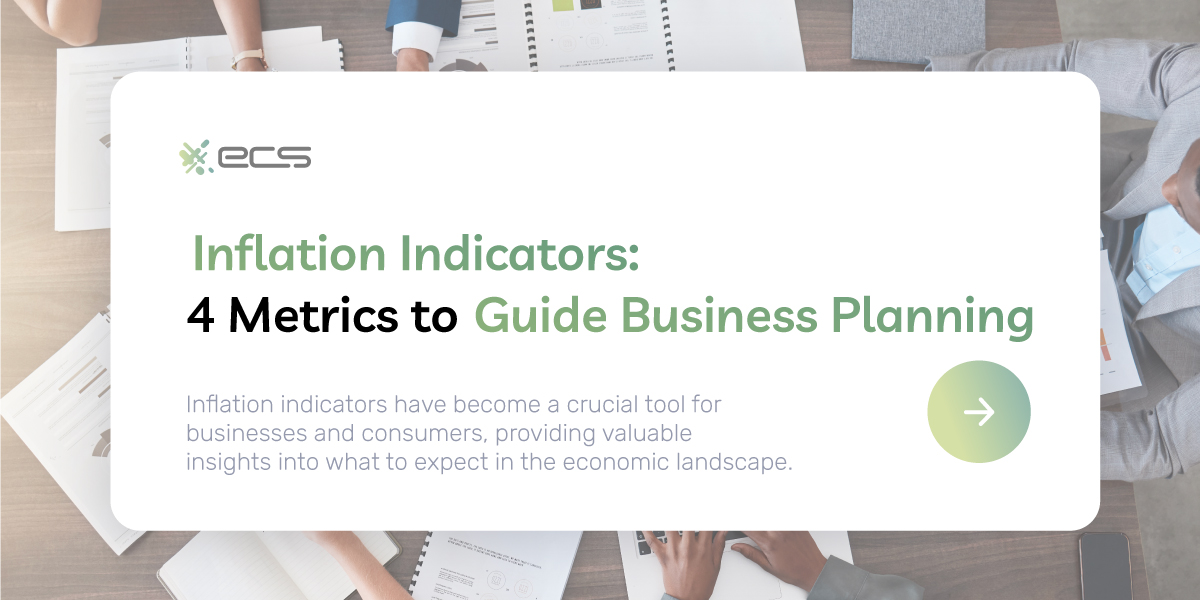Over the last few years, inflation indicators have become a crucial tool for businesses and consumers, providing valuable insights into what to expect in the economic landscape. For those who may be younger, this is likely the first time they’ve experienced the current level of inflation that has gripped most nations around the world, including the U.S.
Part of this was due to a rather lengthy period of low inflation that suddenly skyrocketed and peaked at 9.1% in 2022. Considering that just a few years earlier, inflation was below 2%, it created a shock that caught many businesses and consumers off guard.
Businesses now have to adjust to this higher level of inflation. Newer businesses may have no experience in these types of inflationary conditions.This can lead to difficulties with forecasting and planning. Most previous business planning models didn’t weigh inflation that heavily. With decades of sub-2 % inflation, it wasn’t really a leading factor.
But today, that has changed, and business forecasting models need to adjust. Part of that adjustment is based on understanding inflation and determining the key indicators to follow. Businesses can better strategize and plan for the future by following and tracking these indicators.
Below, we’ll explain how the inflation rate is measured and which indicators your business should follow when planning for the future.
What Is Inflation?
Most people understand that inflation represents an increase in the cost of goods or services. However, that’s mostly how inflation is measured. A more accurate explanation of inflation is that it represents the decrease in the purchasing power of a currency over time.
Inflation results in price increases because the underlying currency to buy products and services is worth less.
Using this more accurate explanation, you can see that things like an increase in monetary supply can fuel inflation. As more money is available, the value of each dollar is worth less.
Inflation is a natural economic condition and is not necessarily always bad. As an economy grows and more wealth is created, a certain amount of inflation is unavoidable.
However, when inflation exceeds a certain point, it can be a drag on growth, and policy changes can help stem the rise of inflation.
Generally, this is done through interest rate hikes. By increasing interest rates, the hope is the supply of new money entering circulation gets smaller. This helps raise the currency’s value and thus lowers prices and inflation.
Besides monetary supply, other factors can play a role in inflation. Things like supply shortages, global conflict, and changes in market conditions can all impact the rate of inflation and calculations.
It’s also important to note that inflation isn’t always seen as a bad thing. It can be a sign of economic strength when kept in check. Also, for those who own tangible assets, inflation is viewed positively as it means the value of those assets increases.
We saw this recently with home prices over the last few years. As inflation approached record highs, so did the value of homes.
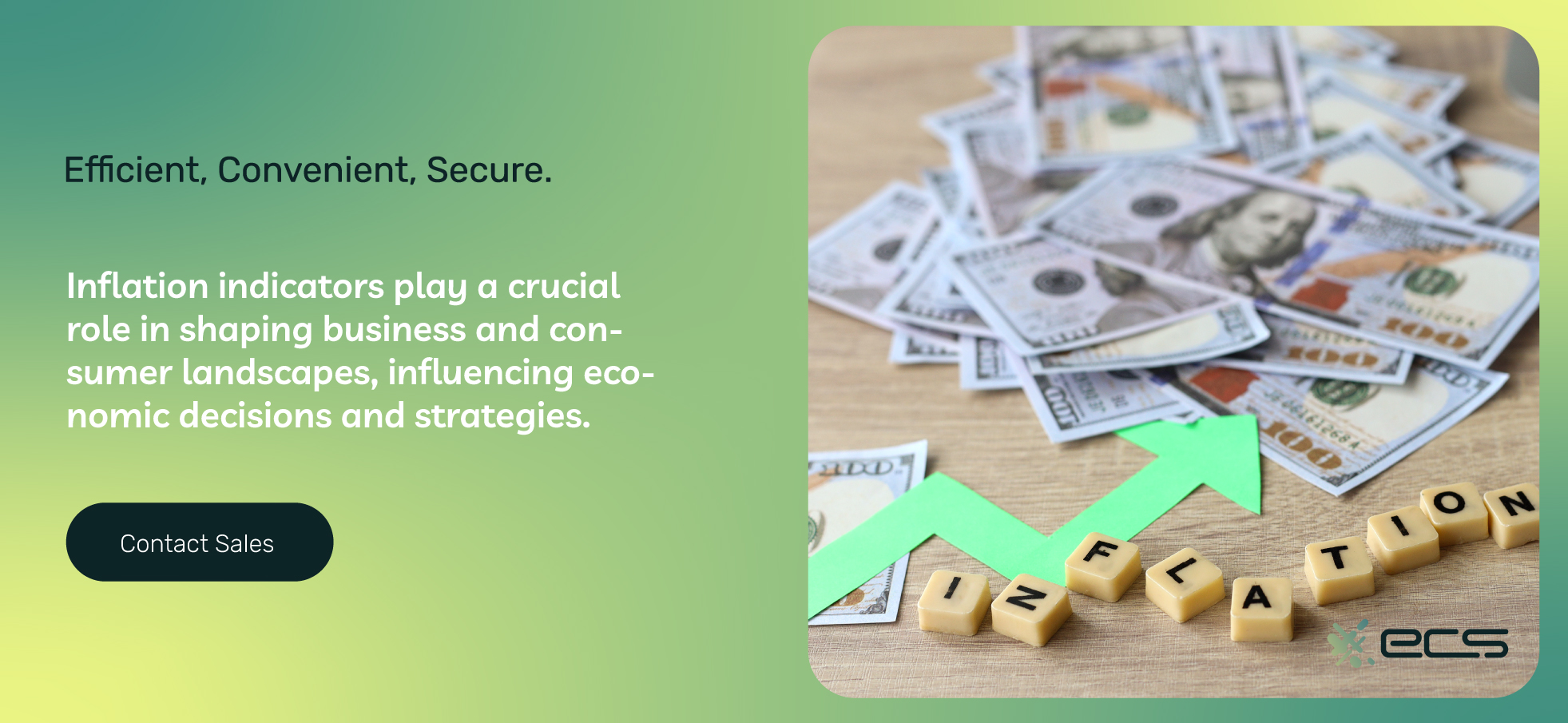
What Do Inflation Rates Measure?
Inflation is measured as the change in prices for goods and services over a set period of time. This measurement follows a selected group of products and services deemed most central to households, individuals, or businesses.
When business owners ask what the measure of inflation is, the answer is the rate of price change over time.
How To Measure The Inflation Rate?
The U.S. government measures inflation using surveys, monitoring markets, and extensive research.
These measurements are known as price indexes, and the most common for measuring inflation is the Consumer Price Index (CPI).
The CPI consists of a diverse basket of goods, including transportation, food, and medical care. All of the items in the CPI are combined into a weighted average to determine the rate of change.
A weighted average means that each item does not contribute equally to the CPI average. Each item is weighted based on its importance. For example, food prices will be weighted more heavily than airline ticket prices because people need food regardless of the price.
What Items Are Included In The CPI?
We mentioned how the CPI uses a basket of items to measure prices. These items come from eight broad categories that entail what most consumers purchase on a regular basis.
However, within those categories, over 200 individual items are measured. To keep the CPI trackable, the items in the list do not change that often. However, over the last few decades, items have been added and removed several times to reflect modern consumer spending habits more accurately.
Some experts consider these changes controversial as they can influence the final CPI number.
The Importance of CPI as An Inflation Indicator
Government agencies and the retail business world generally consider the CPI the top inflation indicator.
Government agencies like the Social Security Administration use the CPI to determine benefit increases across their various programs.
For retail or B2C companies, the CPI is also a vital inflation indicator because it helps inform them about limits on price increases.
Most businesses have a general idea of the price ceilings their target audience will tolerate. Going beyond those ceilings causes a product or service to now compete with a totally different set of competitors. Not only that, they are now dealing with a new consumer who has different expectations.
For this reason, businesses want to keep their prices within a range that allows for revenue growth but doesn’t upend their business model.
Inflation metrics like the CPI help businesses determine this ceiling by setting a baseline for price increases based on general inflation increases.
When inflation indicators like the CPI are low, businesses can have more flexibility with price planning. Higher CPI values tend to make businesses more weary about additional price increases.
During times of high CPI numbers, B2C companies generally try to reduce costs through efficiency and better partnerships. This helps them translate more of the inflation price increases into actual profit increases.
It also gives these companies more flexibility in how much they raise their price level, giving them a market advantage.
CPI Variations
When it comes to inflation indicators, the CPI is generally what makes headlines, as that’s the number that impacts the most people directly.
However, analysts also use three variations of the CPI as indicators.
Core CPI
The core CPI calculation excludes food and energy prices. The reasoning is that energy costs can fluctuate wildly due to unforeseen global incidents. For example, a temporary spike in oil prices could cause energy prices to rise much faster than general inflation.
Some experts like to look at core CPI if there has been recent volatility in energy prices that skew overall inflation numbers.
You’ve likely also seen reports of “headline vs core CPI” calculations. Headline CPI measures the total inflation across the entire economy. Headline CPI includes all items with no exclusions.
Core CPI excluded possibly volatile commodities like food and energy.
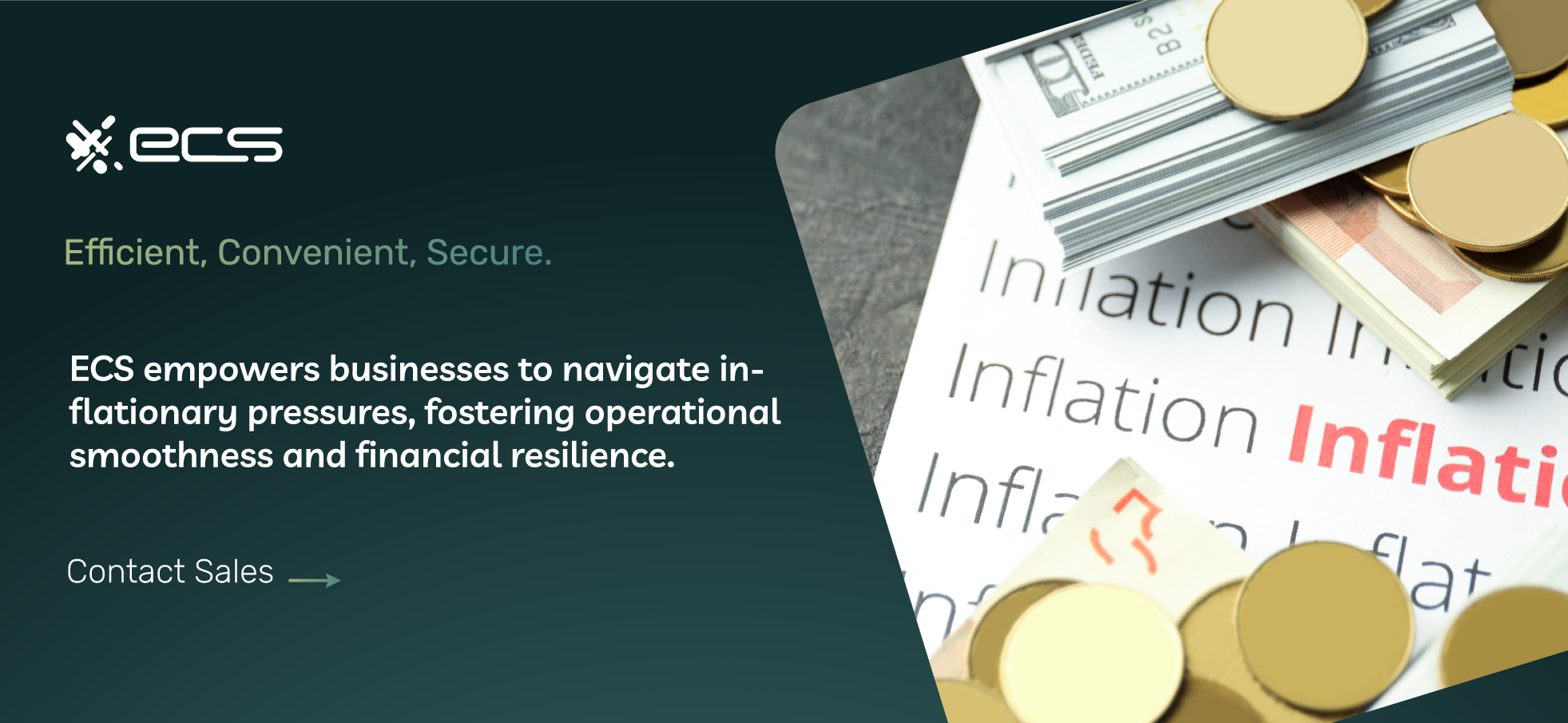
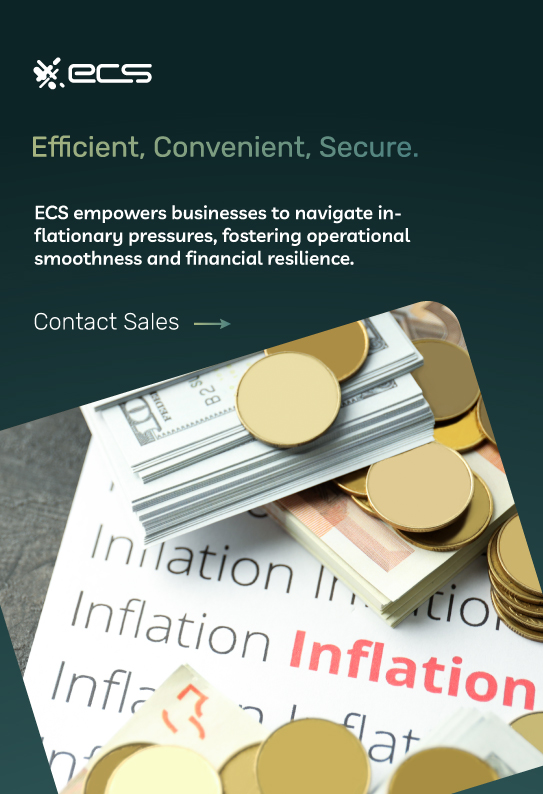
CPI-U
CPI-U looks at urban consumers only when making inflation calculations. When determining the basket of goods and services to include in CPI calculation, the Bureau of Labor & Statistics looks at two consumer groups.
One group is referred to as Urban Consumers. All households not living in rural farm communities, military bases, prisons, and other institutional facilities are considered urban consumers in metropolitan areas.
The CPI-U is the index for all urban consumers and disregards consumers other than urban consumers.
CPI-W
CPI-W only uses urban wage earners and clerical workers for the calculation. Households that derive half their income from clerical or hourly compensation define urban wage earners and clerical workers.
To qualify as urban wage and clerical workers, the primary earner in the household must have been employed for at least 37 weeks over a 12 month period. This group of wage earners represents about one-third of the U.S. population.
The CPI-W figure sets Social Security benefit adjustments for the cost of living.
Personal Consumption Price Expenditures Index (PCEPI)
The PCEPI, often referred to as Personal Consumption Expenditures (PCE), is an indicator that tracks consumer spending as it relates to the prices consumers are paying for goods in the United States. It also includes spending by those “on behalf” of consumers.
That phrasing may sound complicated, but it refers to money spent beyond just consumers. For example, the PCE would include money that health insurance companies spend to provide services for consumers.
CPI, on the other hand, includes only the money that the actual consumer spends in the calculation.
The Bureau of Economic Analysis (BEA) calculates and releases the PCE, which is a monthly report. The PCE is part of the monthly Personal Income and Outlays report.
How is PCE Calculated?
PCE uses a method similar to CPI in that it averages prices for a “basket” of items. To compute the PCE, the BEA sums up the present dollar worth of personal consumption expenditures (PCEs) within the BEA’s designated basket. It compares it with the cumulative amount from the preceding or base period.
The BEA utilizes a price deflator to assess the monthly variation by comparing the value of all goods and services produced in that current period with those in the reference period.
Because of how PCE is calculated, it can describe how overall inflation impacts consumer spending. Instead of looking at consumer spending that external factors may impact, the PCE examines how pricing alone changes consumer spending habits.
It’s also important to note that the PCE doesn’t segment the population like the variations of the CPI attempt to do.
Instead, the PCE is representative of the entire U.S. population regardless of where they live or how they earn their income.
What PCE Calculations Include
PCE Calculations include three categories of goods and services within the calculation
Durable Goods: Durable goods are considered items that are purchased for their long-term utility. For example, the PCE considers cars or washing machines as durable goods.
Non-Durable Goods: Non-durable goods are items expected to last for a shorter period of time and are less of an “investment.” Non-durable goods include clothing, shoes, and energy, among other similar items.
Services: The PCE also includes services. Services can range from household services to recreation and other service-related industries.
The monthly report for PCE also breaks down figures per state to facilitate a better understanding of trends and economic activity in different areas of the country.
PCE Variations
Similar to CPI, there are variations within the PCE calculations. The most common variation and the one primarily used by The Federal Reserve is the Core PCE. The Core PCE removes food and energy costs from the overall calculation.
How Is PCE Used
The PCE is the preferred indicator the Federal Reserve uses to set monetary policy. Many believe that the PCE reflects broader spending and economic activity more accurately than CPI alone.
This is because PCE takes a much broader view of spending across all households, business entities, non-profits, and others. Some consider PCE to indicate both inflation and the economy’s overall health in some ways.
Businesses can use the PCE to plan for the future and decide on investments and other initiatives. A strong PCE can mean the economy is in a period of growth and expansion, meaning it’s safer for businesses to invest.
A troubling PCE number can mean businesses may want to postpone or rethink certain investments. They may also want to keep an eye on spending during this time and operate a more lean business.
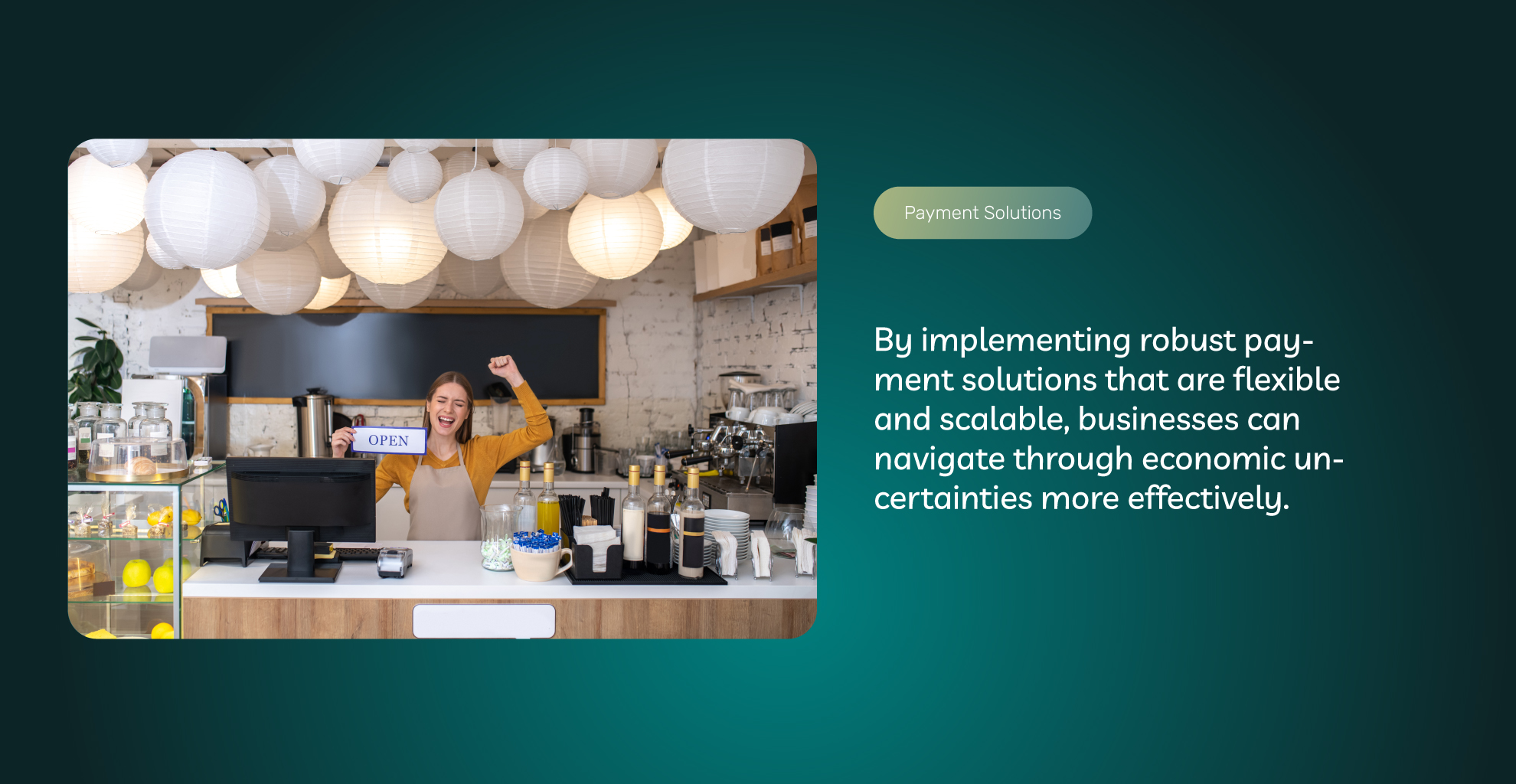
Downsides of PCE Calculations
The PCE has a major downside: it revises the numbers annually. Sometimes, these revisions can be substantial, meaning the numbers were originally inaccurate.
Businesses shouldn’t rely on a single monthly PCE number and instead look at trends over time combined with other indicators such as CPI.
Producer Price Index (PPI)
The Producer Price Index focuses on the prices that producers pay to generate or manufacture their goods.
You can think of PPI as a measure of inflation at the wholesale level instead of the consumer level.
Note that economists see PPI as a leading indicator rather than a lagging indicator. In economics, leading indicators are those measurements used to detect likely upcoming changes to the broader economy.
On the other hand, agencies primarily utilize lagging indicators to confirm changes to economic conditions after these changes have already impacted the broader market or economy.
Since PPI measures the prices that wholesalers and producers are paying, PPI is seen as one of the leading indicators of inflation. The producer eventually passes along higher prices to the consumer, but there can be a lag between the two events.
By carefully watching the PPI number, economists and businesses can better predict inflationary pressures on consumers in the coming months.
How PPI Is Measured
Like most inflationary indicators, PPI uses a list or basket of thousands of industries and commodities. These industries and commodities are tracked, and then the rate of change is calculated.
The PPI also uses a weighted average, but the weighting is far different from the CPI model. Various subsidies and other reimbursements in the consumer sector, which do not exist in the producer sector, form the basis for this different weighting.
Finally, the PPI excludes imported goods, which the CPI does not. Imported consumer goods can contribute to the CPI calculation.
With PPI, there are no imported goods included in the weighted average.
The Bureau of Labor Statistics (BLS) gathers and presents the PPI data. This involves the selection of producers from a comprehensive list filed with the Federal-State Unemployment Insurance Program.
After selecting, the BLS team assigns a field economist who refines the focus to a particular good or service for price measurement and reporting. After selecting these businesses, they then provide monthly price reports until the BLS chooses a new business to provide sample pricing.
Typically, this change happens every seven to eight years.
PPI Categories
The following categories are used when publishing PPI data.
Industry Level Classification
The Producer Price Index (PPI) encompasses indexes covering producer prices received within over 500 industry classifications.
These prices reflect sales made outside the included respective industries. These classifications are consistent with those utilized in other publications for disseminating industry-specific information regarding production, workforce, income, and efficiency.
The industry-level classification is published in accordance with the North American Industry Classification System (NAICS)
Commodity Classification
This measurement focuses on the cost of production for similar products regardless of their industry of origin.
Even if two products belong to different industries but use the same raw material and production materials, the commodity classification will include them.
Approximately 3800 products are within this grouping, and about 900 services contribute to this pricing measurement.
Final Demand – Intermediate Demand (FDID)
This measurement focuses more on the nature of the customer for the product.
For example, does the buyer purchase these products for final sale, or do they require further assembly, refining, or other manufacturing processes?
The final demand/intermediate demand classifications come from the previous commodity classification system and work as a sub-grouping.
The FDID report consists of over 600 indexes, which are grouped under commodity classification.
How Businesses Can Use PPI Data
Businesses will generally use PPI data when setting future prices. A business can see if adjacent or similar industries are seeing price increases by keeping a close eye on PPI data.
Businesses want to be proactive instead of reactive, so getting ahead of price increases makes good business sense. It also allows your business to slowly implement price changes over time. Your customers generally tolerate This process more than sudden price shocks.
When negotiating purchase and sales contracts, one can also use PPI data. Depending on economic conditions and PPI data, your business may want to include clauses that allow you to change prices if the underlying input price changes.
Finally, businesses may use PPI data to adjust their inventory accordingly. During the recent supply chain shortages, some companies stockpiled certain inventory items as protection.
Other businesses may want to draw down inventories to reduce overall costs if that’s more important to them during inflationary times.
Overall, PPI is important for wholesalers and manufacturers when setting their pricing strategy moving forward. It also helps businesses take precautionary steps before inflation reaches higher levels.

The Employment Cost Index (ECI)
Labor costs are a major contributing factor to the pricing of goods and services. The Employment Cost Index looks to help businesses and economists measure the change in labor costs across the entire economy.
The Bureau of Labor & Statistics manages this index and releases the ECI quarterly.
Similar to the PPI, the ECI is considered a leading indicator. Companies often absorb small increases in labor costs at first. However, a consistent rise in labor costs will eventually be passed on to consumer goods and services over time.
The ECI measures both wages paid as well as other benefits such as health plans, time off, and retirement packages or funding.
The ECI is a critical indicator for business planners since labor costs can be a substantial part of a company’s overhead.
Collecting ECI Data
The one problem with ECI data is that it’s notoriously difficult to determine exact salary and wage compensation. The BLS uses a combination of surveys given to companies and research it conducts from job postings and other HR sources.
Accurately obtaining numbers can be challenging, often leading to revisions in ECI data.
However, it is still a critical number to track over time. The key aspect is that it requires knowledge and expertise to look beyond the initial figures.
How ECI Is Used
ECI is one of the major indicators that the Federal Reserve uses to set monetary policy. Wage growth, an important statistic, relates to inflation. The more that wage growth lags inflation, the more negative the overall economic outlook.
Wages that are keeping pace with inflation or even outpacing inflation indicate stronger economic growth are likely in the future.
When examining ECI data, analysts exercise a certain degree of caution because seasonal factors heavily influence the numbers. For example, end-of-the-year compensation packages or bonuses can skew the numbers.
Seasonal hiring trends for holidays or the summer can impact wages in ways that look like growth but are just annual fluctuations.
How Businesses Should Use ECI Data
There are several reasons businesses want to watch ECI data and use the numbers to inform their future strategies.
Businesses can use ECI data to help them stay competitive in the labor market. It’s difficult to determine what your competitors are paying their employees. The ECI data can give you an idea of the average salary in the marketplace.
If wages are growing faster than normal, you may choose to offer bonuses or other compensation to retain your top talent. You may also need to raise your compensation if you’re trying to fill roles.
Businesses can also use both wages and benefits to make adjustments. It may be more cost-effective for your business to offer additional benefits instead of simply increasing wages.
In today’s business environment, ECI data can be a key indicator. The present job market is experiencing one of the most constrained conditions in recent history. This is especially true for the higher-skilled market areas, such as technology.
In a competitive labor market where numerous businesses vie for the same talent, strategic planning and gaining an early advantage can be a decisive factor.
Businesses that anticipate changes to the labor market can secure the top talent now and also retain the talent they have. This puts them in an advantageous position as other companies scramble to fill roles.
Final Thoughts On Inflation & Business Planning
While inflation is starting to cool off from record highs set just a few years ago, the future remains uncertain.
The Federal Reserve has raised interest rates to cool inflation, but many surrounding indicators like employment and consumer spending remain strong.
There is still debate over how long interest rates should remain at this level and when the Federal Reserve should start to lower them.
What this means for business is that the roller coaster of high inflation will likely not end any time soon.
Smart business leaders will continue to keep an eye on the four inflation indicators we’ve presented here. It’s also important for business owners to understand there is no single best measure of inflation.
Instead, businesses want to focus on which economic indicator measures inflation most relevant to their business and their goals.
Doing so will help them make more informed decisions when planning for the future and navigating these uncertain economic times.
Frequently Asked Questions About Inflation Indicators For Businesses
Inflation poses challenges for businesses as it affects both merchant costs and the purchasing power of consumers. Businesses will need to adjust their strategies and consider factors like changing consumer behavior, cost increases, and the need for flexible pricing models to navigate through inflationary periods.
The Consumer Price Index is calculated by measuring the change in prices of a selected basket of goods and services over time. It provides insights into inflation trends, which can help businesses set appropriate prices, understand consumer spending limits, and make informed decisions on cost management for revenue growth.
Yes, the Consumer Price Index (CPI) has variations like Core CPI (excluding food and energy), CPI-U (urban consumers), and CPI-W (urban wage earners).
The PPI tracks the prices that producers pay for goods; it acts as a leading indicator for businesses by providing insights into potential inflationary pressures in the future.
